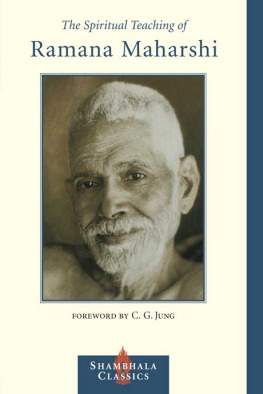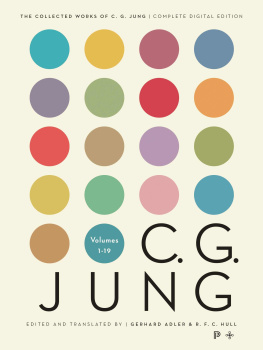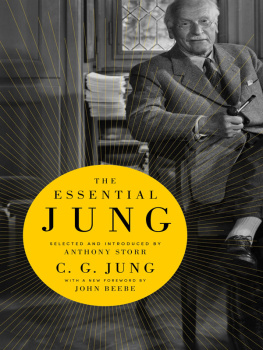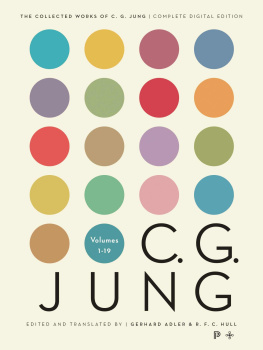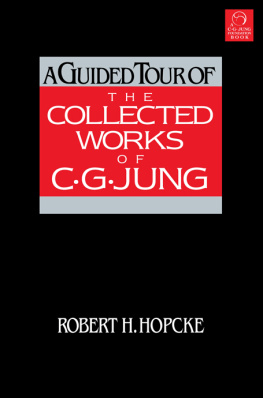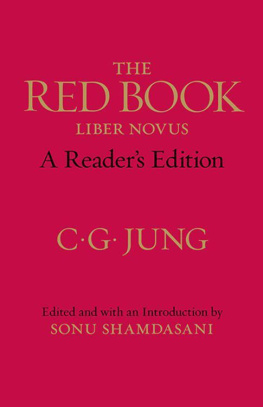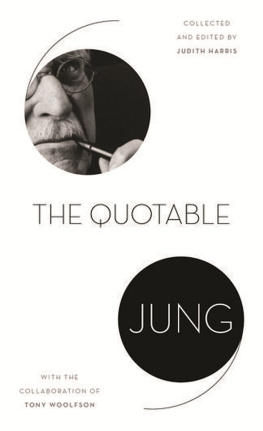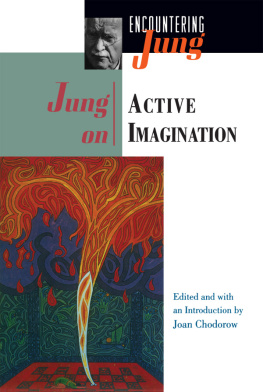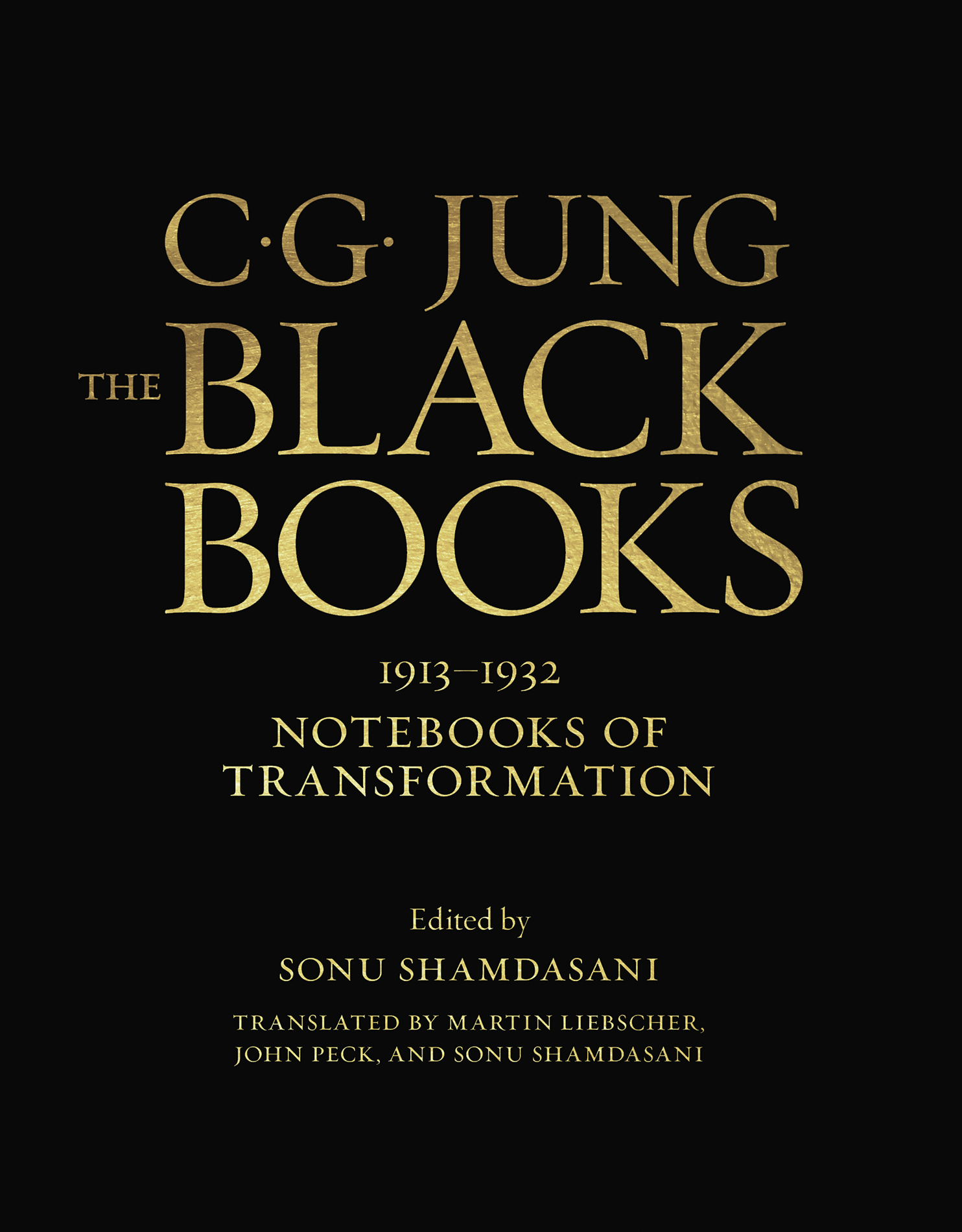Contents
Guide
Page List
CG JUNG
THE BLACK
BOOKS
19131932
NOTEBOOKS OF
TRANSFORMATION
VOLUME 1
Edited by
SONU SHAMDASANI
TRANSLATED BY MARTIN LIEBSCHER,
JOHN PECK, AND SONU SHAMDASANI

In collaboration with the Foundation of the Works of C.G. Jung

Contents
Sonu Shamdasani
Sonu Shamdasani
Martin Liebscher, John Peck, and Sonu Shamdasani
Sonu Shamdasani
Prelude
In 1935, Jung said: A point exists at about the thirty-fifth year when things begin to change, it is the first moment of the shadow side of life, of the going down to death. It is clear that Dante found this point and those who have read Zarathustra will know that Nietzsche also discovered it. When this turning point comes people meet it in several ways: some turn away from it; others plunge into it; and something important happens to yet others from the outside. If we do not see a thing Fate does it to us. He had reached a turning point that was to transform his life and work: through this, Jung became Jung, and analytical psychology emerged as a general psychology and as a school of psychotherapy.
This transformation took place through the exploration of the visionary imagination, charted in the Black Books, from 1913 to 1932. These are not personal diaries but the records of a unique self-experimentation that Jung called his confrontation with his soul and his confrontation with the unconscious. He didnt record day-to-day happenings or outer events in them but rather his active imaginations, depictions of his mental states, and reflections on these. From the fantasies therein, between 1913 and 1916 he composed the Draft of Liber Novus, the Red Book, which he then transcribed in a calligraphic volume, illustrated with paintings. The paintings from 1916 onward in the Red Book relate to Jungs continued explorations in the later Black Books. Liber Novus and the Black Books are thus closely intertwined. The Black Books cover the period before, during, and after Liber Novus.
Liber Novus was born from the Black Books. It includes Jungs meditation on his fantasies between 1913 and 1916, and his understanding of the significance of his experiences up to that point. In Jungs view, his undertaking pertained not just to himself but to others as well; he had come to view his fantasies as stemming from a general mythopoeic layer of the psyche, which he named the collective unconscious. From the notebooks of a self-experimentation, a psychological work in a literary and theogonic form was created. Jungs continued explorations of the visionary imagination in the Black Books from 1916 chart his evolving understanding and demonstrate how he sought to develop and extend the insights he had gained and embody them in life. At the same time, they enable his paintings from 1916 onward to be understood in the context of the evolution of the iconography of his personal cosmology.
Given the intersection of the Black Books and Liber Novus, particularly between 1913 and 1916, this introduction of necessity reprises in a reworked and expanded form sections from the introduction to Liber Novus, now taken up from a different angle, as both works arise from one context and shared chronology. The introduction at hand focuses more on the unfolding of Jungs visionary self-experimentation, and provides a fuller contextualization of the later period, 1916 to 1932. Similarly, a share of the notes from the 2009 Norton edition of Liber Novus have been carried over in the first part of this edition. In the early twentieth century, it was not uncommon for a work to be expanded and recast through several editions. A number of Jungs pivotal publications, such as The Psychology of the Unconscious Processes, are prime examples of this. This introduction is part of that genre.
The Intoxication of Mythology
Vocatus atque vocatus, deus aderit: Called or not, God will be present. In 1908, Jung had this proverb carved on the portal of the house he had built in Ksnacht, on the upper shore of Lake Zrich. The statement was from the Delphic oracle, reproduced in the Dutch Renaissance humanist Erasmuss Collectanea adagiorum, proverbs from classical authors.
His retreat from the Burghlzli coincided with a shift in his research interests to the study of mythology, folklore, and religion, and he assembled a vast private library of scholarly works. These researches culminated in Transformations and Symbols of the Libido, published in two installments in 1911 and 1912. It marked a return to Jungs intellectual roots and to his cultural and religious preoccupations. He found the mythological work exciting and intoxicating. It seemed to me I was living in an insane asylum of my own making, he recalled in 1925. I went about with all these fantastic figures: centaurs, nymphs, satyrs, gods and goddesses, as though they were patients and I was analyzing them. I read a Greek or a Negro myth as if a lunatic were telling me his anamnesis. For many, these works represented an important relativization of the Christian worldview.
In Transformations and Symbols of the Libido, Jung differentiated two kinds of thinking. Taking his cue from William James, among others, he contrasted directed thinking and fantasy thinking. The former was verbal and logical. The latter was passive, associative, and imagistic. The former was exemplified by science and the latter by mythology. Jung claimed that the ancients lacked a capacity for directed thinking, which was a modern acquisition. Fantasy thinking took place when directed thinking ceased. Transformations and Symbols of the Libido was an extended study of fantasy thinking, and of the continued presence of mythological themes in the dreams and fantasies of contemporary individuals. Jung reiterated the anthropological equation between the prehistoric, the primitive, and the child. He held that the elucidation of current-day fantasy thinking in adults would concurrently shed light on the thought of children, savages, and prehistoric peoples.
In this work, Jung synthesized nineteenth-century theories of memory, heredity, and the unconscious and posited a phylogenetic layer to the unconscious, still present in everyone, and consisting of mythological images. For Jung, myths were symbols of the libido and they depicted its typical movements. He used the comparative method of anthropology to draw together a vast panoply of myths, and then subjected them to analytic interpretation. He later termed his use of the comparative method amplification. He claimed that there had to be typical myths, which corresponded to the ethnopsychological development of complexes. Following Jacob Burckhardt, he termed such typical myths primordial images (Urbilder). One particular myth was given a central role: that of the hero. For Jung, this represented the life of the individual, attempting to become independent and to free himself from the mother. He interpreted the incest motif as an attempt to return to the mother to be reborn. He was later to herald this work as marking the discovery of the collective unconscious, though the term itself was of a later date.



